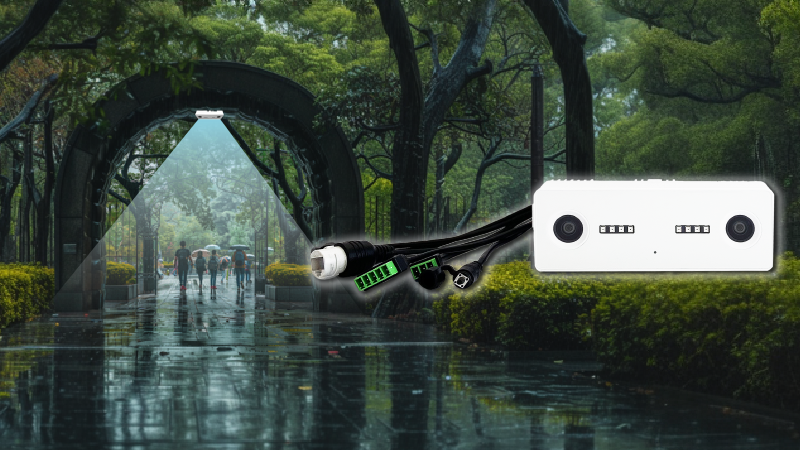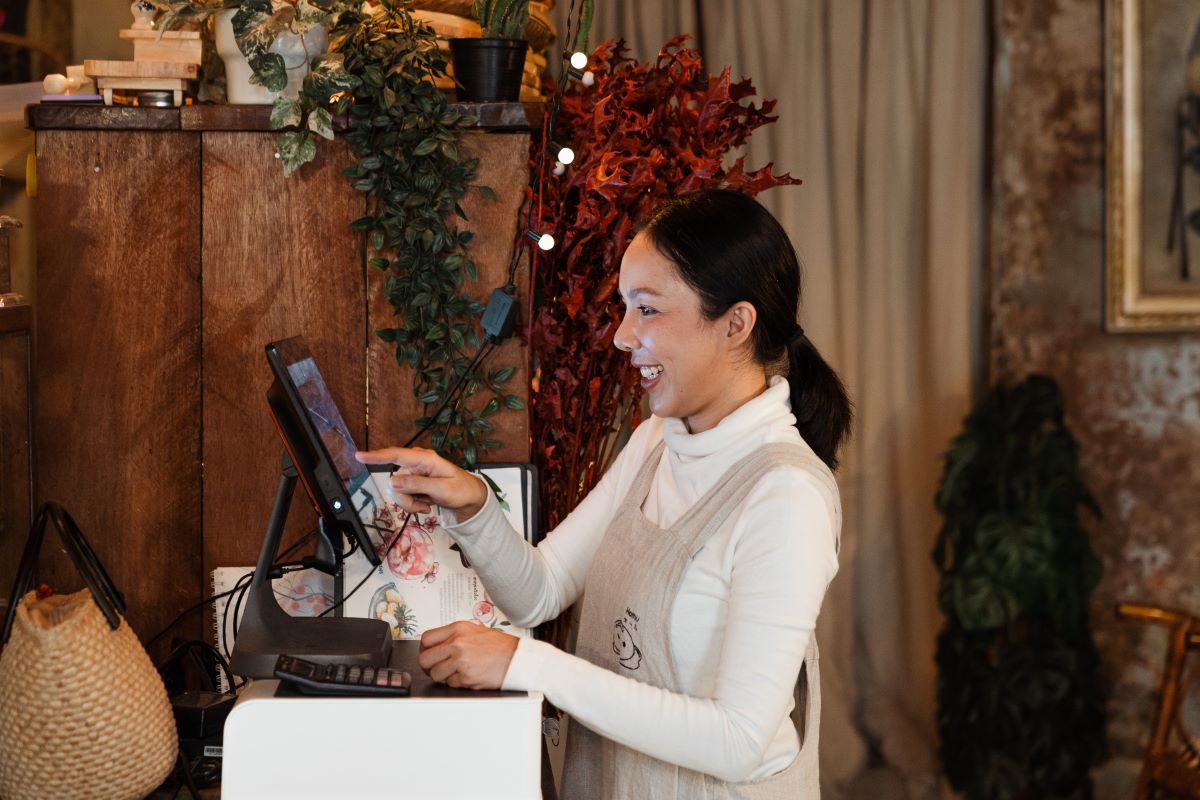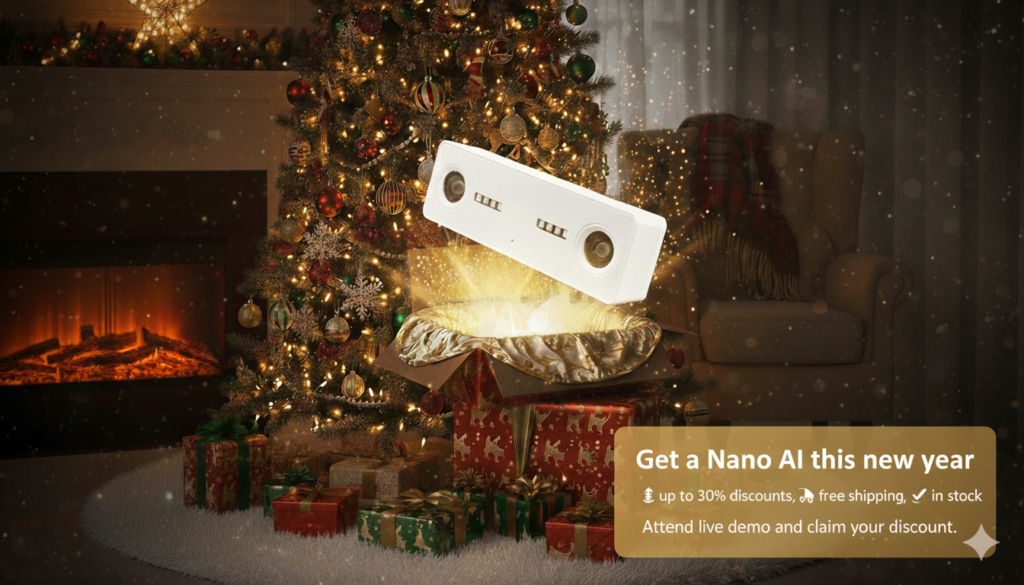What is a museum? The definition of a museum used to be simpler. The word museum referred to a physical space (usually a building or a building complex) that showcased a collection of art pieces, artifacts, or other types of objects. These objects, of course, offer some sort of value in either cultural, historical, or scientific importance.
However, online museums are also becoming increasingly popular as a result of the emergence of digital technologies. Virtual reality (VR) and augmented reality (AR) are becoming more popular, and digital museums are catching on. Nevertheless, online museums aren’t a substitute for actual museums where you can visit and actually view the art piece or item of importance, and even if that was their goal, they’re years and years away from coming near that goal.
Be it an actual museum or digital, they all need visitors to survive and keep these important items available for public viewing. Most museums are either free or entry tickets cost barely anything. Museums need not only visitor traffic but also fundings, grants, and endowments to keep themselves running.
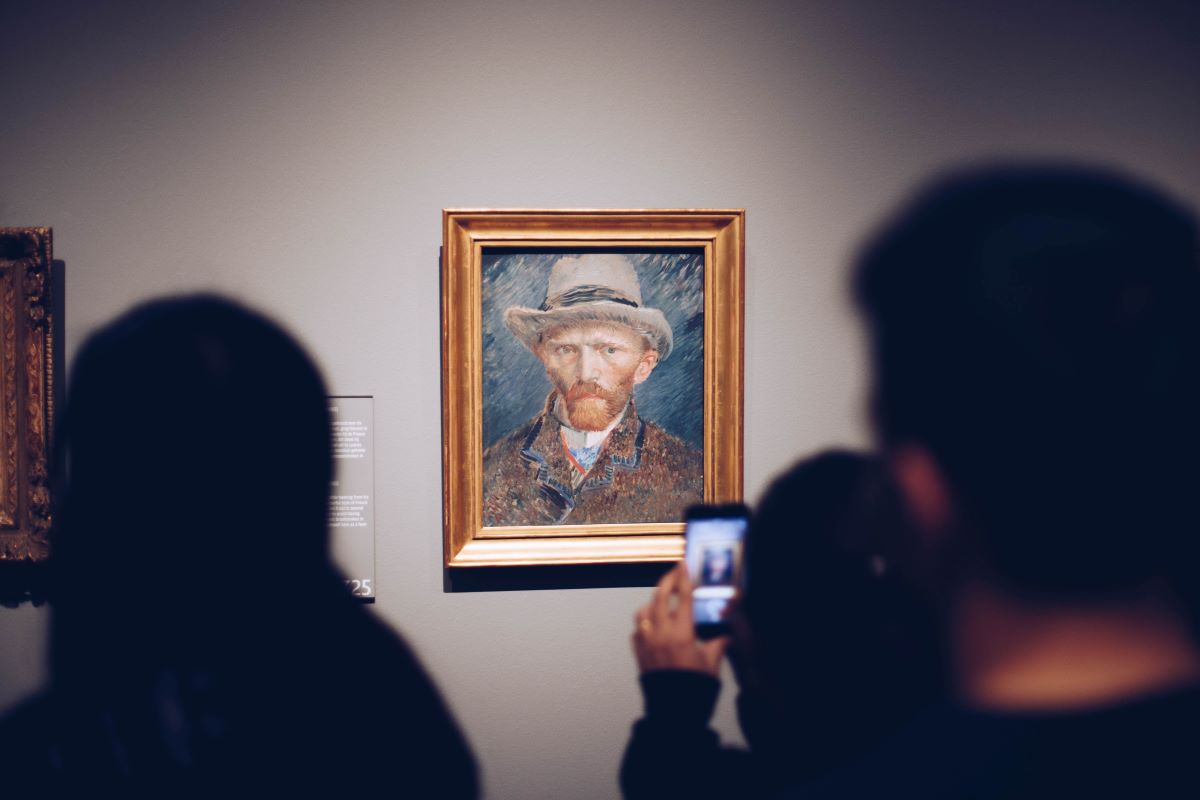
The funding of museums takes many forms. These might include public government funding (federal or more local), grants, university support, private funding (individuals, corporations, trusts), and donations. Most also receive earned income through investments (including endowments) and through museum activities like admission fees, gift shop sales, and membership fees.
Museums don’t have other incomes besides ticket sales and some other side services. Hence, public government funding, private funding, special grants, or endowments are essential for a museum to remain open. A museum must convince either the related government body or private funding party (in many cases both) of its need for funding, and what better way than accurate visitor data to prove that its halls and exhibitions are popular and must be kept available to the public eye?
In this article, we’ll explain how a museum can leverage people counters (traffic counters) to raise funding for special exhibitions and halls, how data-driven exhibitions can help museums attract more visitors, and more.
How to Use Visitor Data to Raise Funding and Grants
No matter how big or small your museum is, managing your exhibits, and services and curating your content requires a deep understanding of your audience. Ticket scanners or QR code readers provide you accurate enough numbers, yes, but knowing how many visitors your museum pulls isn’t really actionable is it? It’s just a number, and doesn’t tell you anything about your visitors.
Funding providers won’t be interested in knowing barebone numbers either, unless your museum has a great number of visitors, but even then they’ll want to know who your audience is. Also, keep in mind that these scanners/readers won’t even provide you with which halls, galleries, or artists get the most interest.
Knowing who your audience is; understanding their wants, needs, and interests through accurate and actionable information will help you prepare a data-driven report and aid you in your quest to secure funding for your museum or a specific exhibition.
Optimize Your Curation with the Help of Data & Insights – Meet Ultima AI
Furthermore, having actionable and reliable data at your fingertips will allow you to create more interesting exhibitions targeted at specific demographics. A state-of-the-art people counter can tell you which of your halls, artifacts, topics, or artists are pulling the most attention and give you insights into what your next exhibitions can be about.
You can make use of visitor data, even if you already secured a decent fund or grant. These endowments are almost always time-limited deals, and collecting accurate data can help you convince your fund provider to invest further in your museum and exhibitions or help you secure the current fund you’ve tighter. Alternatively, you can show other grant givers how well your free exhibitions or specific halls are performing and seek additional funds, backing your claims with data.
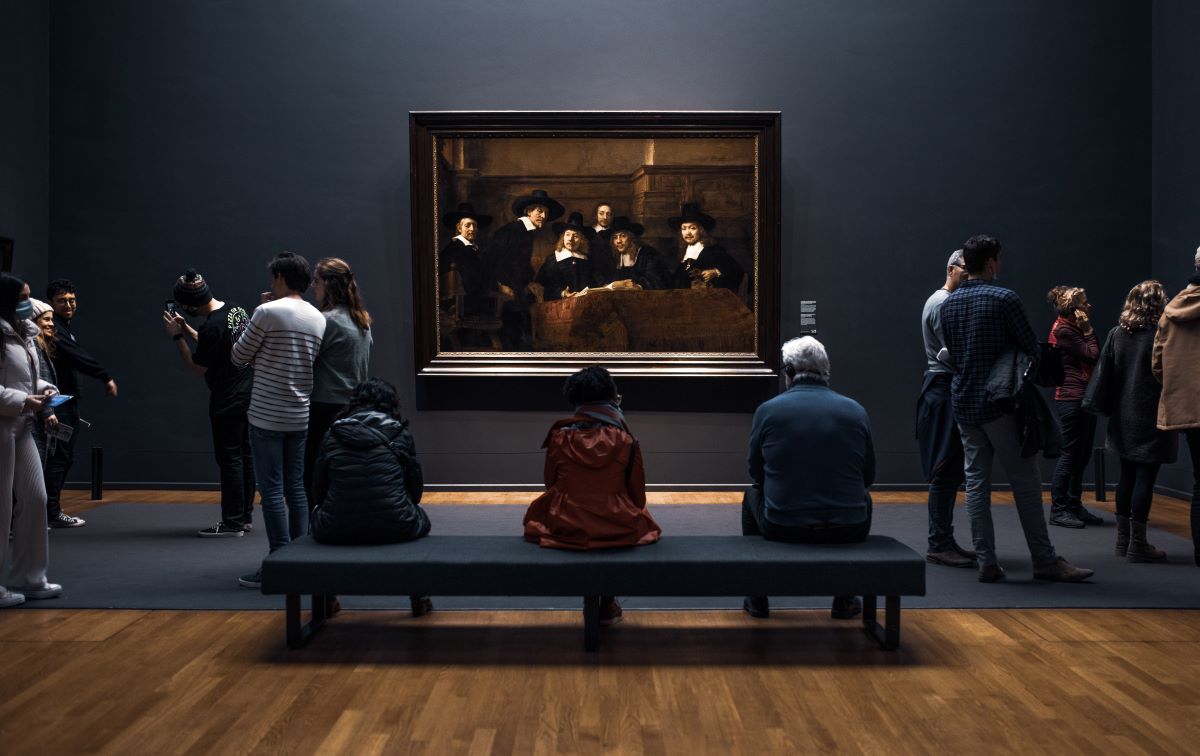
Launch Data-Driven Exhibitions
Once you identify your source of visitor traffic and who your visitors are (age groups and gender), you can turn this information into data, improve your metrics, and reach your visitor goals faster. Rather than guessing or trusting on instincts alone, take data-driven actions to ensure your next exhibition will be even better.
Modern visitor counters offer real-time data and the top of the class ones come with their in-house made customizable dashboards that keep track of all sorts of interesting information. Using a people counter throughout your museum, you can tell at which specific day and hour your museum had the most visitors and which hall had seen the most people.
A reliable people counter with a precise zone analytics solution may even help you discover the next emerging modern artist.
Optimizing Popular Areas
It’s inevitable that some exhibitions and galleries will be more interesting than others. It is your job as a museum curator to identify which halls draw more visitors and when they do so, then utilize this intelligence to bring even more visitors in.
Say your most popular exhibition is right at the entrance of your museum and data suggests your visitors barely visit any others. The data you have collected presented you with an important problem but also with a potential solution. Once you examine what your visitors and museum tell you, you can change the exhibition’s place in your museum to ensure visitors have to travel through other halls, galleries, and exhibitions that they may find interesting. You can even curate your content in a way that’s building up to the main exhibition, creating hype and excitement around it.
Get in Touch and Let us Show You How Your Museum can Utilize People Counters
Maybe this popular exhibition is already in the right place, but the area is overcrowded due to visitors lingering there for too long or perhaps admitting too many people in; another key issue you can identify with a people counter and immediately tackle it.
Do you need more guides at distinct locations in your museum during specific times of the day? Does the security need to be tightened? Do you need more human power or less? Using the right technology for your museum will improve visitor satisfaction and experience, and increase the productivity of your team members.
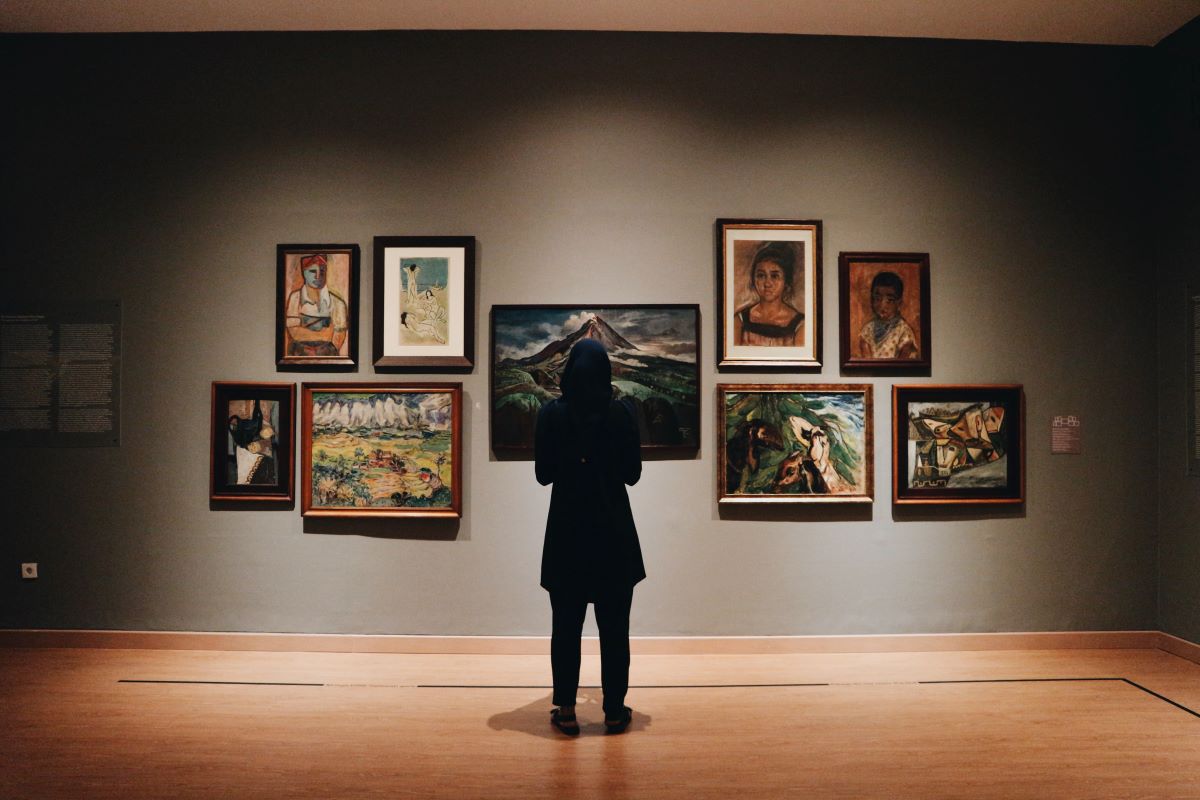
Real-Time Occupancy Monitoring of Halls
While the world is recovering from the Covid-19 pandemic and “normalizing”, this health crisis changed visitor behavior in a drastic way. Now more than ever, visitors care about their health and safety when visiting public places and museums are obviously one of these places. Knowing how many people your halls can handle without being too overcrowded can help your visitors feel safe exploring what you have to offer.
Of course, managing real-time occupancy has other merits as well. You can set certain KPIs and track how your halls and galleries are doing, provided you also have solid software that can translate the data you gather into actionable insights. As mentioned earlier, you can use real-time occupancy data to launch data-driven free exhibits or go after public and private funding.
Knowing when a specific hall has too many visitors, you can send a message to your tour guides to change their tour route, increase the number of security personnel around populated areas or plan ahead and prepare in advance for expected hot zones and hours.
Use Visitor Traffic Data To Optimize Energy Costs
While securing decent funding is key to keeping a museum operational, so is optimizing the energy costs. The power usage alone can prove costly, but if you know when you need to keep the lights on and off, you can decrease the energy cost immensely and yet keep the impression that your museum is lively 24/7 and ready for being explored.
Turning your museum into an energy-efficient smart building starts with collecting accurate, reliable, actionable data and insights. You can also use it to optimize your museum’s operational costs as well. In a way, keeping costs at a minimum yet providing efficient resources where necessary is funding you give to yourself.
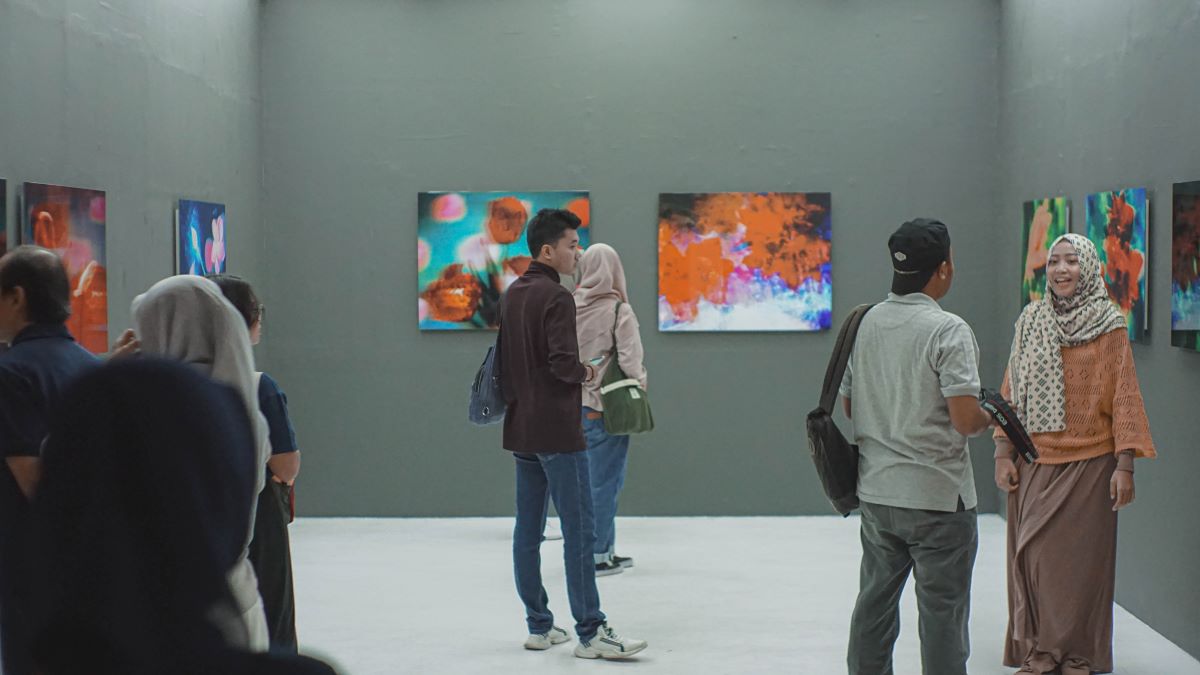
Conclusion
Knowing your best-performing exhibits and galleries; understanding which halls attract more visitors (and when they do) is essential to securing new funding and locking in the existing ones. Using a people counter will help you prepare data-driven presentations for grant givers and back your claims with indisputable facts.
You can use this data to promote your next free art galleries, exhibitions, or events, and knowing what needs to be improved, you can take action to have happier and more satisfied visitors. An outdated people counter won’t do the job, though. Even the modern ones lack certain key features or they don’t come with a customizable dashboard that offers easy access and a view of your museum’s traffic metrics.
Get in Touch and Let us Show You How Your Museum can Utilize People Counters



